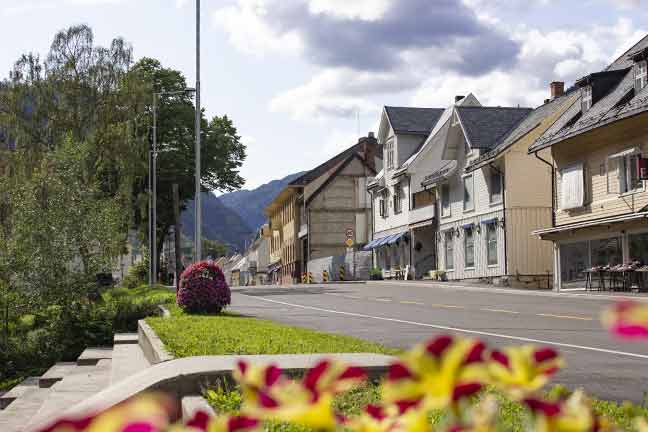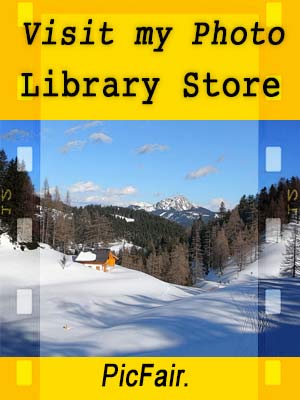
Share Via:
Rjukan Norway,
Rjukan, Norway is the scene of an act of sabotage, set amongst some of Norway’s most dramatic scenery.
I’d not heard of this small town located in Telemark county prior to my month long Norway road trip.
Telemark was a name I was familiar with though. Having watched the 60’s film ‘The Heroes of Telemark’ starring Kirk Douglas and the late Richard Harris.
Rjukan’ s Famous History
The film is closely based on a true story set during WW2. A story of a local resistance groups attempt to sabotage the production of heavy water inside the local hydro plant.
Heavy water being a key component in the manufacturing of an atomic bomb. It’s a classic World War Two war film and worth a watch.
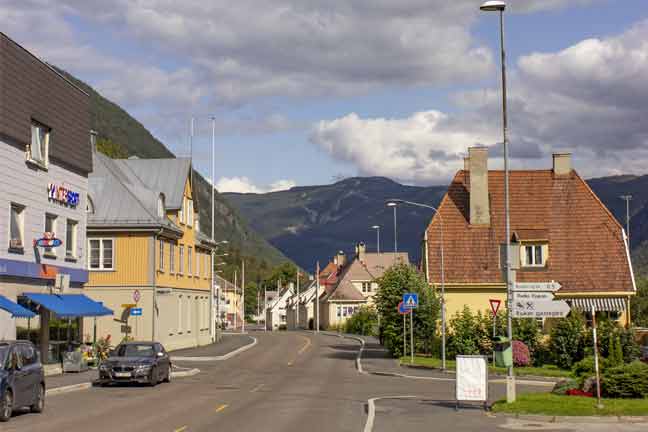
Getting There
The 110 mile drive from Oslo is relatively easy, which took me just under 3 hours to cover, including several stops along the way to take in some of the spectacular scenery.
There’s also rail and bus services running to and from Oslo.
Rjukan Accommodation – Where to stay
I opted for a local campsite. Norway is expensive and during my month long trip I intended to camp as much as possible to keep the costs down.
Camping in Norway is generally a great experience as most of the campsites have good clean facilities and are set in some spectacular scenery.
The town itself and the local area does have a range of other different accommodation if camping isn’t for you. From cosy cottages, to family run guest houses. Most of which receive very favourable reviews from people who have stayed.
Local Amenities
It’s a fairly small town with a population of nearly 3500. The town does have several supermarkets and a few shops for basics, including a camping equipment store.
There is a kebab shop, pizza restaurant and the Tuddal Hoyfjellshotel restaurant receives very good reviews.
Overall, for a short visit up to 4 days you should find enough amenities on offer to make your stay an enjoyable one.
Places to visit near Rjukan – Local points of interest
Rjukan Heavy Water Plant
As I mentioned earlier, the Norsk hydro electric plant is definitely worth a visit if your into WW2 history. It’s now a national museum which has the catchy title of the Norwegian Industrial Workers Museum.
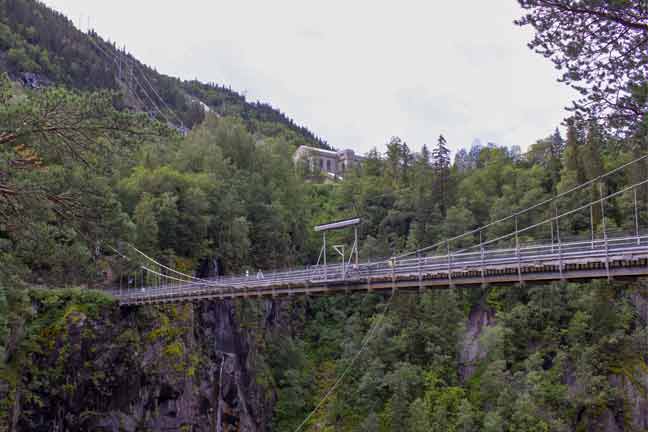
Norsk Hydro Plant
Krossobanen Cable Car
This was Northern Europe’s first cable car, constructed in 1928. It’s a fairly short ride to the top.
Once at the top, there are some fantastic hikes and cycle paths. Take a look at my video below to see the hike to Solstein. Further evidence of WW2 can be seen here of gun emplacements and spectacular views of Gaustatoppen mountain.
Hardangervidda Plateau
Hardangervidda is the highest plateau in Europe. There are countless hiking opportunities on the plateau, along with mountain biking trails. This is also a great area for wild camping.

Tinn Museum
The Tinn Museum looks back into local history and how people lived. There’s some fantastic examples of historical Dwellings and structures on show.
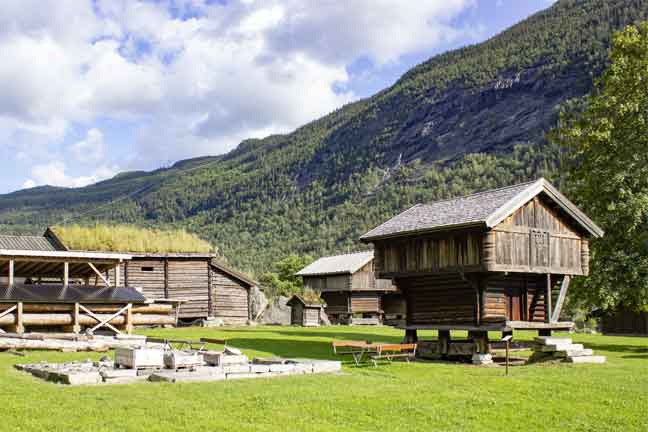
Lake Tinn
Lake Tinn is one of Europes deepest lakes. It’s also famous for he sinking of the ferry during World War 2 when it was used to carry heavy water from the Norse Hydro Plant.
Final thoughts on my visit to Rjukan
There’s plenty to do round Rjukan and the surrounding area. Hiking, History and spectacular scenery are to be found.
Take a look at my post when I visited Hopperstad Stave Church if you enjoy Norwegian history.

Svolvaer Norway – Whats it like to visit
If you’re planning a trip to Lofoten, Norway, then Svolvaer is a must see. this beautiful historic fishing port has reel Norwegain charm.
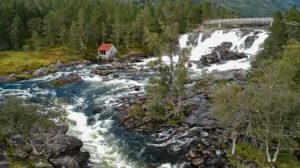
Norway Waterfall – Likholefossen Waterfall and Hike
Likholefossen is a lesser known waterfall in Norway. It’s worth a visit as it’s part of the Gaular river which is known as “waterfall country”.

Arctic Circle Centre Norway
If you’re planning a road trip into Northern Norway then the Arctic Circle Centre is one of the places that you’ll put on the list of places to visit.

